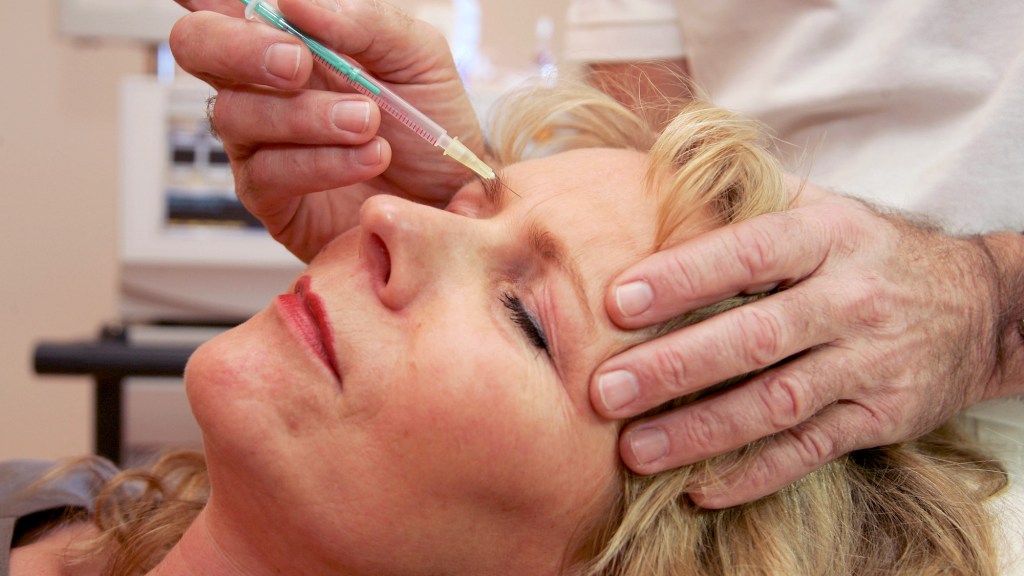Even the most spry and agile among us get a little banged up now and then. We fall off bikes, trip on stairs, get our hands caught in doors. A minor injury of this kind is so common that we usually just want to “shake it off” and go about our day. But the truth is, even the smallest cut or scrape can become a big problem if not treated properly. Fortunately, tending to one is as simple as three words: Pick at it.
Pick at it like crazy.
While no two wounds are exactly alike, all can be treated by digging into the damaged tissue in some fashion. How you pick at it isn’t really important; the key is to be vigilant and pick at it constantly.
It’s essential to begin picking as soon as possible, preferably in the very first moments after the injury is sustained. It may be damp with blood at this stage, which is totally normal; simply prod it with your finger several times, just firmly enough to feel how sticky it is. If it seems a bit dry, squeeze it from the edges until fluid seeps to the surface. Keep squeezing it regularly—you want that little wound to always be glazed in pus.
The injury will require continual monitoring. You can pick at it in 60-second intervals, scraping out particles of coagulated blood the moment they develop, or you can wait a bit longer for a sturdier scab to form and pull it off as a larger flake. Either approach is fine. What’s important is that the affected area preoccupy you for as long as possible, be it days or, ideally, weeks.
If you use a Band-Aid, always, always, always peel it back every few minutes to check on your wound. (Before doing that, however, you might also try scratching through the bandage, which has the advantage of allowing you to apply more pressure than you could on exposed skin.) Each time, be sure to smell either the stained gauze pad or the lesion itself, both of which should have the faint odor of cheese due to accumulated sweat and bacteria.
If it doesn’t smell like cheese, don’t worry: You just need to pick at it some more. You should also experiment with laying the adhesive portion of the Band-Aid over the broken skin and pulling it off in order to experience the slightly painful, yet slightly pleasurable, tug of the gluey latex.
Our fingernails are the perfect instruments for picking, of course, but they’re by no means the only ones at our disposal. Depending on the location of your wound, you can nibble it with your teeth or—for the men—rub it against the grain of your facial hair.
Artificial implements also make great picking tools. If you’re at work, you can grind your wound into the edge of your desk, probe it with the tip of a pen, or dig into it with the point of a slightly straightened paper clip. At home, a stream of hot water from a high- pressure shower nozzle will do the trick, as will the prongs of a corn holder. And with a car key, you’ve got something you can saw away with anytime you like.
Sadly, most of us have forgotten how to listen to our bodies, and we stop ourselves before doing what millions of years of evolution have taught us to do. But we should embrace our instincts. Next time you get a scrape or cut, do what comes naturally: scratch it, lick it, squish it, or flick it. Remember, the two best doctors in the world are right there at the end of your hand: your thumb and your index finger. So get in there and pick it!
And that goes for mosquito bites, too.







